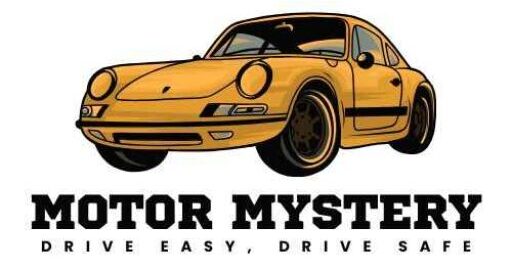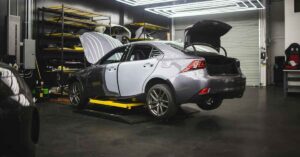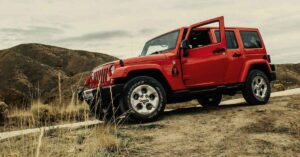Driving safely requires constant awareness of your surroundings, but every vehicle has natural blind spots that can obscure other cars, pedestrians, and obstacles. Blind spot mirrors have emerged as a crucial safety innovation, helping millions of drivers overcome these visibility challenges. This comprehensive guide explores everything you need to know about these life-saving devices, their benefits, installation process, and how they can dramatically improve your driving experience.
What Are Blind Spot Mirrors?
Blind spot mirrors, also known as blind spot mirrors or wide-angle mirrors, are small, supplementary mirrors attached to your vehicle’s side mirrors. These specialized mirrors feature a convex (outward-curved) surface that provides a wider field of view compared to traditional flat mirrors. By offering a panoramic view of areas typically hidden from the driver’s sight, these mirrors help eliminate dangerous blind spots that can lead to accidents.
The physics behind convex mirrors is straightforward: their curved surface reflects light rays from a broader area into a smaller space, allowing drivers to see more of their surroundings. While images appear smaller in these mirrors, the trade-off is worth it for the expanded visibility they provide.
The Science Behind Blind Spot Mirrors
Convex mirrors operate on the principle of diverging light reflection. When light rays hit the curved surface, they spread out (diverge) before reaching the driver’s eyes, creating a wider field of view. This phenomenon allows drivers to see objects that would otherwise be invisible in standard flat mirrors.
The curvature radius of blind spot mirrors typically ranges from 2 to 4 times that of regular mirrors, enabling them to capture approximately 2-3 times more visual information. This expanded coverage is particularly valuable when:
- Changing lanes on highways
- Merging into traffic
- Parking in tight spaces
- Navigating crowded urban environments
- Monitoring nearby motorcycles or bicycles
Benefits of Installing Blind spot mirrors
Enhanced Safety
The primary advantage of blind spot mirrors is improved safety. According to the National Highway Traffic Safety Administration (NHTSA), lane-change accidents account for approximately 9% of all traffic crashes. Blind spot mirrors significantly reduce this risk by providing drivers with crucial visibility in areas standard mirrors cannot cover.
Increased Confidence While Driving
Many drivers experience anxiety when changing lanes or merging, especially in heavy traffic. Blind spot mirrors alleviate this stress by offering constant visibility of adjacent lanes, allowing for more confident decision-making behind the wheel.
Reduced Neck Strain
Without blind spot mirrors, drivers must frequently turn their heads to check blind spots manually. This repetitive motion can cause neck strain and muscle fatigue during long drives. Convex mirrors minimize the need for these physical checks, promoting better ergonomics while driving.
Cost-Effective Safety Solution
Compared to expensive blind spot detection systems, which can cost thousands of dollars, convex mirrors offer a budget-friendly alternative. High-quality blind spot mirrors typically cost between $10-30, making them accessible to all drivers regardless of budget constraints.
Types of Blind spot mirrors
Stick-On Mirror Options
Stick-on blind spot mirrors are the most common and versatile type. They feature an adhesive backing that allows easy attachment to existing side mirrors. These mirrors come in various shapes and sizes:
Round Mirrors:
Offer all-around visibility and are easy to install
Rectangular Mirrors:
Provide a wider horizontal view
Oval Mirrors:
Combine benefits of both round and rectangular designs
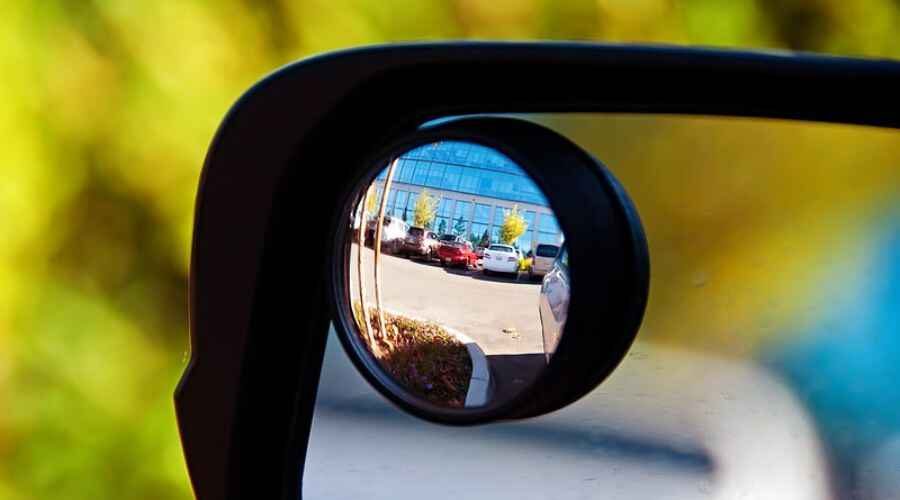
Clip-On Mirrors
Clip-on mirrors attach to the edge of existing side mirrors without adhesives. They’re ideal for:
- Vehicles with heated mirrors
- Drivers who prefer temporary solutions
- Cases where adhesive might damage mirror surfaces
Replacement Mirror Options
Some manufacturers offer entire side mirror assemblies with built-in blind spot mirrors. These provide:
- Seamless integration with vehicle design
- Permanent solution
- Professional appearance
Telescoping Mirrors
Extending mirrors that can be adjusted for optimal viewing angles, particularly useful for:
- Towing trailers
- Driving large vehicles
- Situations requiring variable visibility
Installation Guide: Step-by-Step Process
Preparation
Clean the Mirror Surface:
Use isopropyl alcohol or glass cleaner to thoroughly clean the area where you’ll attach the blind spot mirror. Ensure the surface is completely dry before proceeding.
Choose the Optimal Position:
The ideal location is typically the upper outer corner of the side mirror, where it won’t obstruct the main mirror’s view while providing maximum blind spot coverage.
Installation Steps
Test Position:
Before removing the adhesive backing, hold the mirror in place to ensure it provides the desired view.
Apply the Mirror:
Peel off the adhesive backing and carefully press the mirror onto the cleaned surface. Apply firm, even pressure for 30-60 seconds.
Allow Proper Adhesion:
Let the adhesive set for at least 24 hours before driving to ensure maximum hold strength.
Adjust the Angle:
Fine-tune the mirror’s angle for optimal visibility once properly adhered.
Installation Tips
- Avoid installing mirrors in extreme temperatures
- For vehicles frequently exposed to harsh weather, consider using additional weatherproof adhesive
- Replace mirrors every 6-12 months to maintain optimal visibility
- Test new mirrors in safe conditions before relying on them in traffic
Choosing the Right Blind Spot Mirror
Key Factors to Consider
Mirror Size:
Larger mirrors provide better visibility but may obstruct more of the main mirror
Curvature Degree:
More curved mirrors offer wider views but smaller images
Shape Options:
Choose based on your vehicle’s mirror design and personal preference
Quality of Reflective Surface:
Higher quality mirrors provide clearer images
Adhesive Strength:
Look for mirrors with strong, weatherproof adhesive
Adjustability:
Some mirrors offer rotational adjustment for perfect positioning
Top Recommended Features
Anti-glare coating
This feature is for night driving
Water-repellent surface
This feature is for rainy conditions
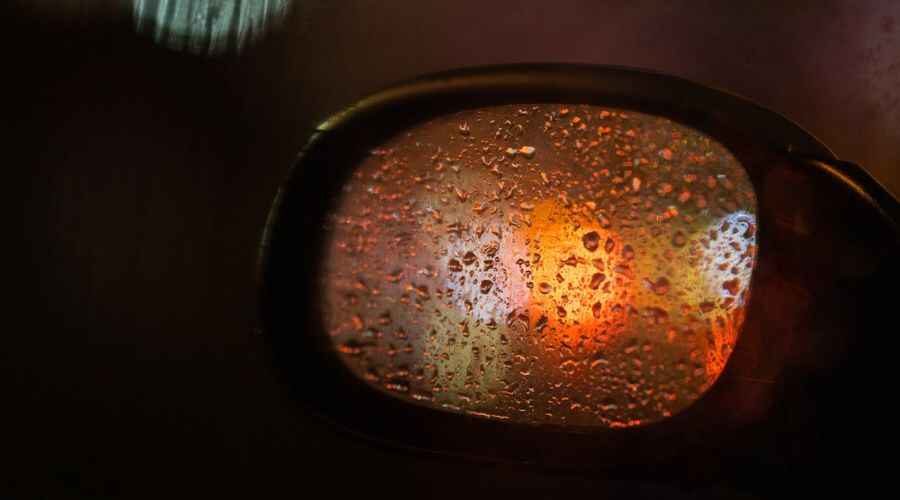
Shatter-resistant construction
This feature is for durability
360-degree swivel capability
This feature is for precise adjustment
Multiple size options
This feature is for different vehicle types
Common Issues and Solutions
Problem: Mirror Image Distortion
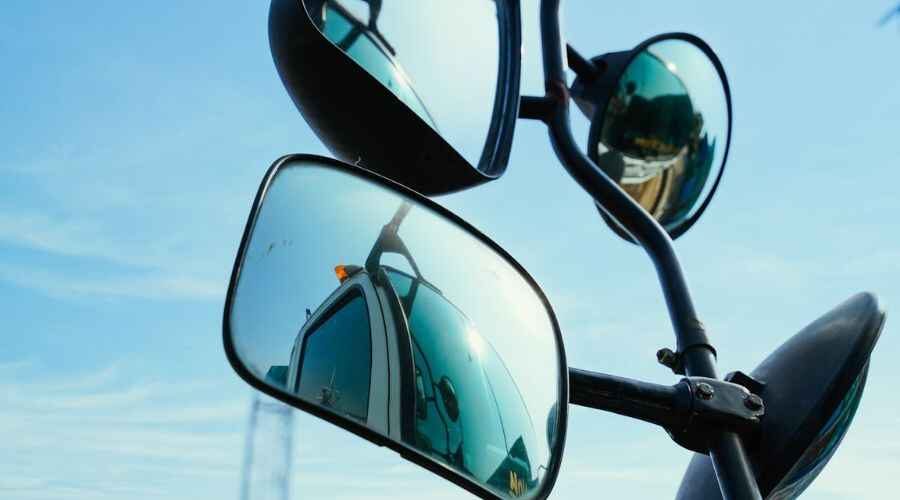
Solution:
This is normal for convex mirrors due to their curved surface. With practice, drivers quickly adapt to interpreting the distorted perspective.
Problem: Adhesive Failure
Solution:
- Ensure proper surface preparation
- Use additional adhesive if needed
- Consider clip-on alternatives for problematic surfaces
Problem: Mirror Vibration
Solution:
- Check mounting surface for irregularities
- Apply additional securing strips
- Consider professional installation for persistent issues
Problem: Reflection Interference
Solution:
- Adjust mirror angle slightly
- Choose matte finish mirrors to reduce glare
- Position mirrors to minimize light reflection from sun or headlights
Maintenance and Care Tips
Regular Cleaning
- Clean blind spot mirrors weekly with glass cleaner
- Use microfiber cloths to prevent scratching
- Avoid harsh chemicals that could damage the reflective coating
Inspection Routine
- Check adhesive integrity monthly
- Look for signs of wear or damage
- Replace mirrors showing cloudiness or scratches
Seasonal Considerations
- Winter: Ensure mirrors remain free of ice and snow
- Summer: Check for adhesive degradation from heat
- Spring/Fall: Remove debris that may accumulate on mirror surfaces
Legal Considerations and Safety Guidelines
Regulatory Compliance
Most jurisdictions allow the use of supplementary blind spot mirrors as long as they:
- Don’t obstruct the driver’s main view
- Don’t exceed specific size limitations
- Are properly secured to prevent detachment
Best Practices
Training Period:
Allow 1-2 weeks to adjust to using convex mirrors
Regular Checks:
Periodically verify mirror positioning and cleanliness
Backup Systems:
Continue manual head checks as secondary verification
Night Driving:
Be aware of increased glare potential
Advanced Applications and Innovations
Integration with Technology
Modern vehicles are incorporating advanced blind spot detection systems, but convex mirrors remain valuable for:
- Older vehicles without technology upgrades
- Cost-conscious drivers
- Backup systems for electronic failures
Future Developments
The mirror industry continues innovating with:
- Smart mirrors with integrated cameras
- Automatically adjusting convex surfaces
- Heated mirror options for cold climates
- LED illumination for better night visibility
Training Techniques for New Users
Learning to effectively use blind spot mirrors requires proper technique and gradual adaptation. Many drivers make common mistakes during the adjustment period that can actually increase risk if not addressed properly.
Progressive Training Method
Start by practicing in empty parking lots or quiet residential streets. Here’s a structured approach:
Stationary Familiarization:
Park your vehicle and spend 10-15 minutes studying how objects appear in the convex mirror at different distances
Slow-Speed Practice:
Drive at 10-15 mph, noting how the mirror’s perspective changes with vehicle movement
Lane Change Simulation:
In an empty parking lot, set up cones to practice lane changes while monitoring both standard and convex mirrors
Highway Integration:
Gradually implement mirror use during highway driving during off-peak hours
Common Training Pitfalls
Over-reliance Syndrome:
New users often trust convex mirrors exclusively, neglecting essential shoulder checks. The proper technique involves a three-step verification:
- Check the convex mirror
- Verify with the standard side mirror
- Perform a quick shoulder check when safe
Distance Judgment Errors:
Objects appear further away in convex mirrors than they actually are. Experienced users develop intuitive distance estimation through consistent practice.
Professional Recommendations
Driving instructors suggest keeping a driving journal during the first month of convex mirror use. Document:
- Near-miss situations prevented
- Instances of improved visibility
- Areas where additional practice is needed
This creates accountability and helps identify personal blind spot patterns unique to each driver.
Economic Impact and Cost Analysis
Initial Investment vs. Long-term Savings
- Average cost of blind spot mirrors: $15-25
- Potential accident avoidance value: $5,000-50,000+
- ROI becomes immediate with accident prevention
Insurance Considerations
Some insurance providers offer discounts for vehicles equipped with safety features like blind spot mirrors. Check with your provider about potential premium reductions.
Environmental Benefits
Reduced Accident Waste
Fewer accidents mean:
- Less vehicle disposal in landfills
- Reduced manufacturing of replacement parts
- Lower environmental impact from emergency services
Fuel Efficiency
Improved visibility leads to:
- Smoother lane changes
- Reduced braking and acceleration
- Better fuel consumption through efficient driving
Consumer Reviews and Market Trends
Popular Brands and User Feedback
Top-rated blind spot mirrors consistently receive praise for:
- Easy installation
- Durability in various weather conditions
- Clear reflection quality
- Effective blind spot coverage
Market Growth Statistics
The blind spot mirror market has grown by approximately 15% annually, reflecting increased driver awareness about road safety and cost-effective solutions.
Conclusion
Blind spot mirrors represent one of the most cost-effective and reliable safety improvements available to drivers today. Their simple design, combined with proven effectiveness in reducing accidents, makes them an essential accessory for any vehicle. By understanding the science behind these mirrors, choosing the right type, and maintaining them properly, drivers can significantly enhance their safety on the road.
Whether you’re a daily commuter, professional driver, or weekend road tripper, investing in quality blind spot mirrors is a small price to pay for the peace of mind and enhanced visibility they provide. As road safety continues to be a global priority, these simple yet ingenious devices remain at the forefront of practical solutions for preventing accidents and saving lives.
Remember, while blind spot mirrors are incredibly helpful, they should complement, not replace, traditional safety practices like proper shoulder checks and maintaining safe following distances. Combined with responsible driving habits, blind spot mirrors can transform your driving experience, making every journey safer and more confident.
For more information on vehicle safety features and driver education, visit the Insurance Institute for Highway Safety or check your local Department of Motor Vehicles for specific regulations in your area.
